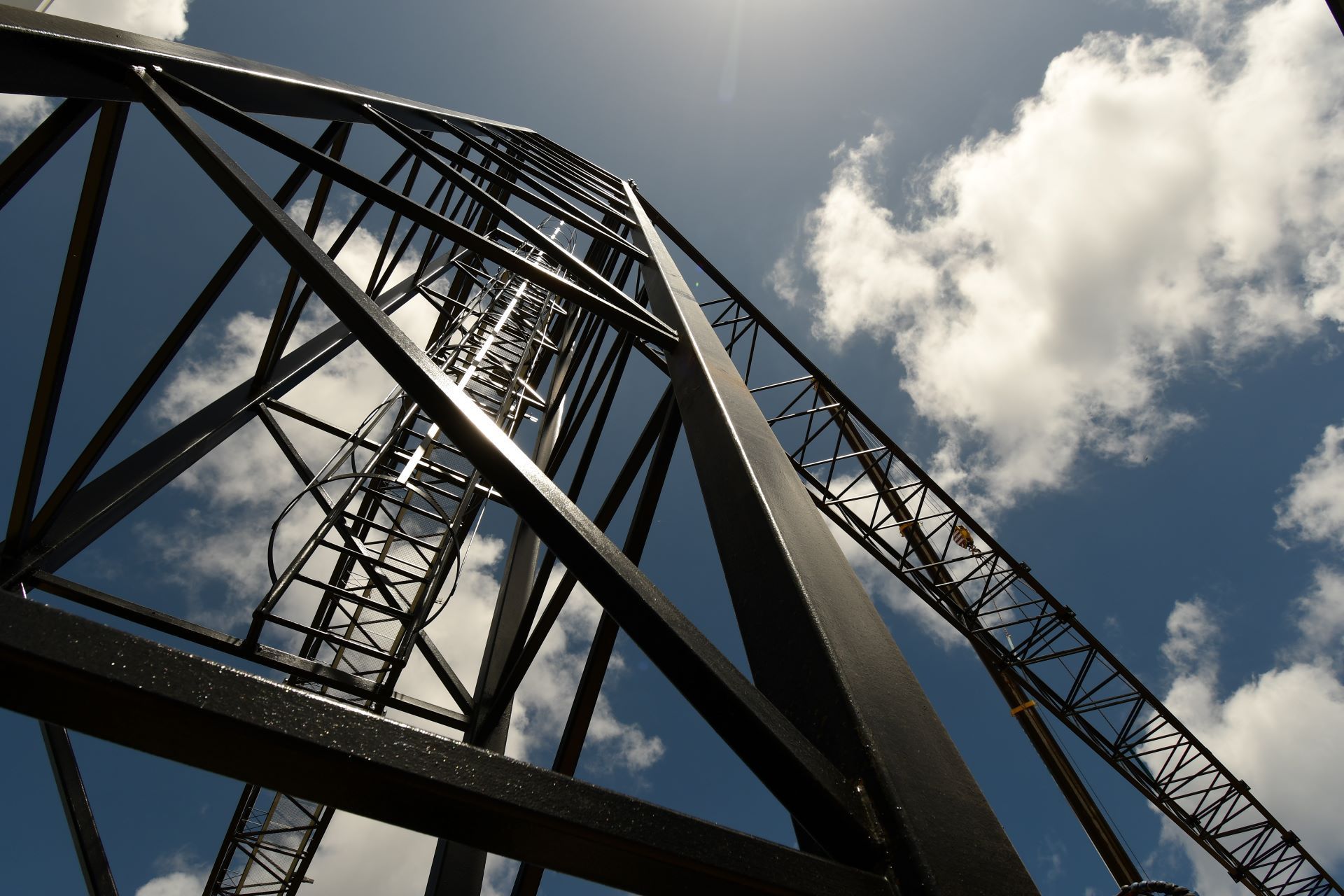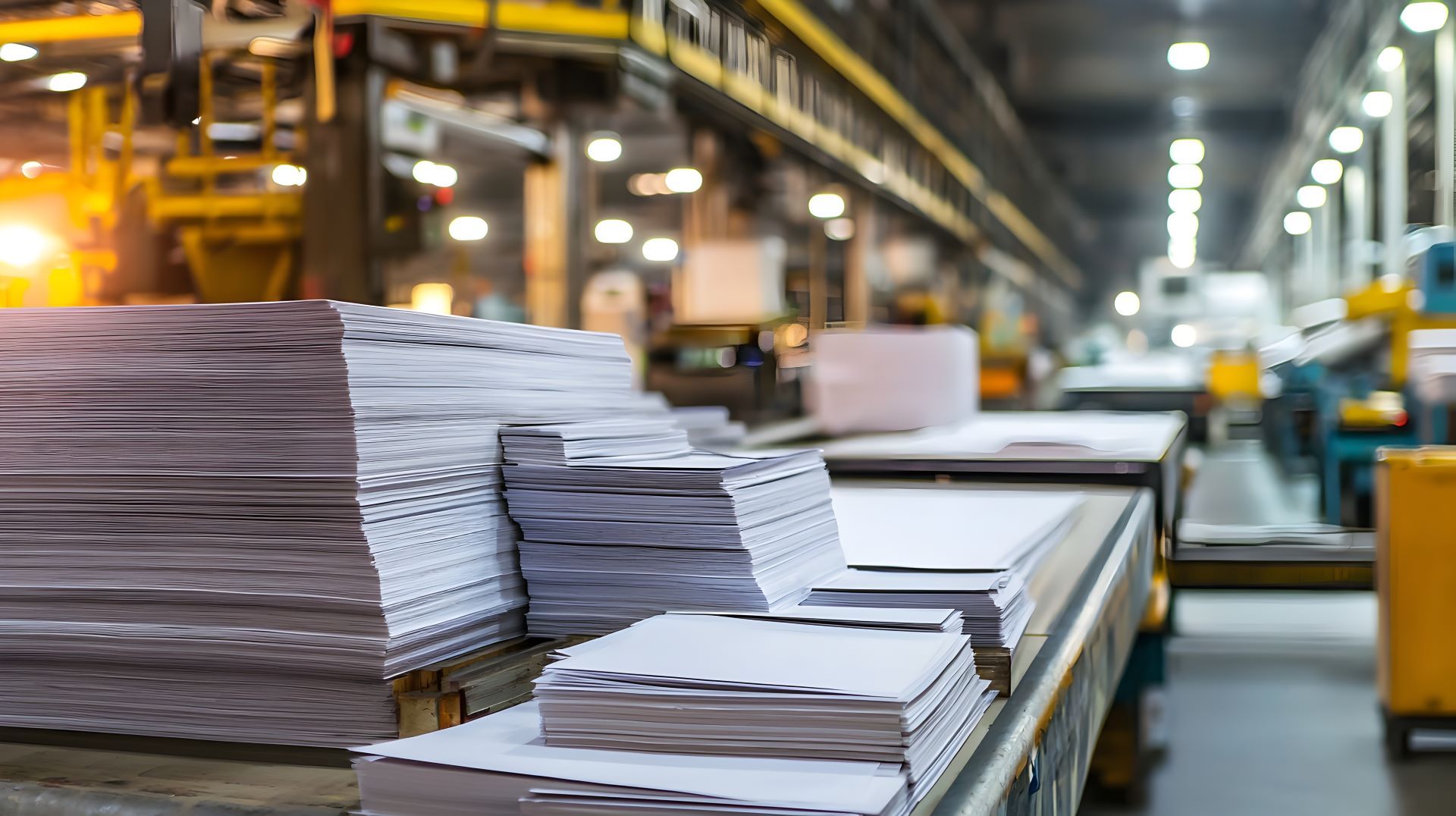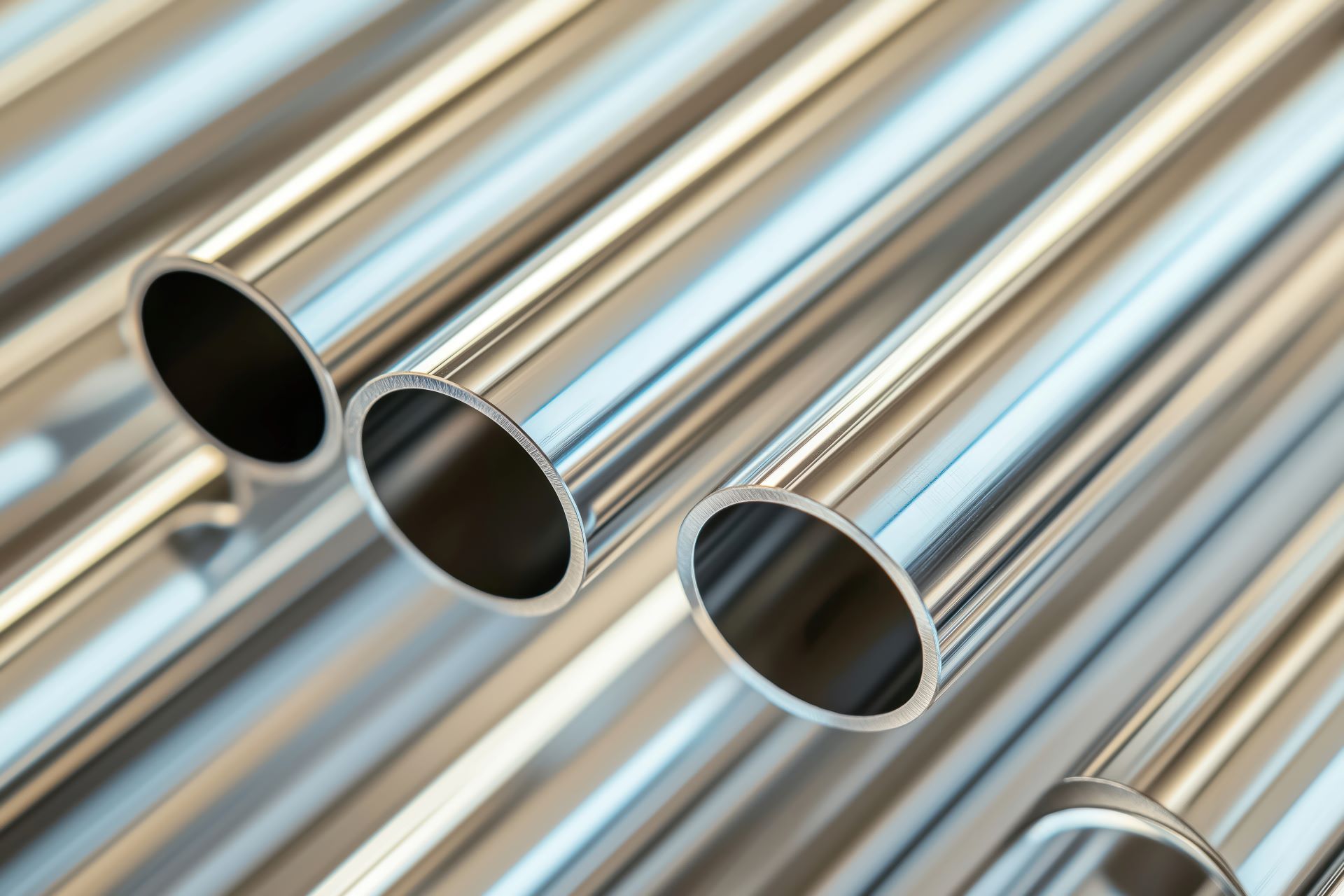How to Choose the Right Cutting Method: Laser vs. Waterjet vs. Plasma
Cutting metals is one of the most critical steps in any fabrication or manufacturing process. Whether you're working with stainless steel, aluminum, or carbon steel, the cutting method you choose will directly impact part quality, lead times, edge finish, and material efficiency. With the rise of advanced technologies, fabricators and engineers now commonly turn to three leading solutions: laser cutting, waterjet cutting, and plasma cutting.
Each method offers unique benefits and challenges depending on the material, thickness, tolerances, and end-use application. This guide breaks down the pros, limitations, and ideal use cases for each, helping decision-makers select the right process for their job.
Understanding the Differences in Cutting Technologies
While all three methods serve the same core function precise material removal they rely on fundamentally different technologies. Let's briefly define each:
- Laser Cutting uses a focused beam of light (typically CO₂ or fiber lasers) to melt, burn, or vaporize metal.
- Waterjet Cutting propels high-pressure water (often mixed with abrasive garnet) to erode the material.
- Plasma Cutting channels electrically conductive gas to form a plasma arc, which melts and severs the metal.
These systems can all process stainless steel, aluminum, and mild steel, but their effectiveness and precision vary depending on the metal grade, thickness, and finish requirements.
Choosing the Right Method Based on Application
Different industries HVAC, food processing, architectural fabrication, and marine have unique needs when it comes to part design and material requirements. That’s why understanding the technical strengths of each method is critical.
The table below summarizes key differences between laser, waterjet, and plasma cutting:
Comparison Table: Laser vs. Waterjet vs. Plasma Cutting
| Feature | Laser Cutting | Waterjet Cutting | Plasma Cutting |
|---|---|---|---|
| Cutting Thickness | Thin to medium (up to ~1") | Thin to very thick (up to 6"+) | Medium to thick (up to ~2") |
| Materials Supported | Stainless, aluminum, carbon steel, non-ferrous | All metals, plus glass, stone, composites | All metals, plus glass, stone, composites Conductive metals only |
| Edge Finish | Clean, sharp, minimal post-processing | Smooth, burr-free, no heat-affected zone | Rougher edges, more cleanup needed |
| Precision / Tolerance | High (±0.001–0.005") | Very high (±0.003–0.010") | Moderate (±0.010–0.030") |
| Heat Affected Zone | Yes | No | Yes |
| Speed | Fast (especially thin metals) | Slower (especially thick materials) | Very fast on thick plate |
| Cost Efficiency | Higher cost, better for precision parts | Higher operational cost, slower cycle times | Low cost per inch, best for rough cuts |
| Environmental Impact | Low fume output, needs ventilation | Water and abrasive waste, no fumes | Sparks, fumes, and noise needs safety controls |
When to Choose Laser Cutting
Laser cutting excels when your project demands tight tolerances, smooth edges, and clean geometries on thin to medium-thickness metal. Its precision is unmatched in flat sheet processing, particularly for stainless steel used in food-grade applications, signage, architectural components, and enclosures.
For example, fabricators in the food and beverage industry benefit from laser-cut stainless tubing brackets and machine guards that require no post-processing. The lack of mechanical stress during cutting also helps prevent distortion of smaller or more fragile parts.
Laser systems also integrate well into high-throughput production lines. With nesting software and CNC automation, Action Stainless can maximize material yield and minimize waste important for cost-sensitive jobs.
However, laser systems are less ideal for materials over 1 inch thick or for customers needing versatility across different material types beyond metal.
When to Choose Waterjet Cutting
Waterjet cutting stands out as the most versatile and non-thermal option. It can process not just metal, but also composites, rubber, plastic, ceramics, and even laminated materials all without altering the base properties.
This method is especially valuable in pharmaceutical and food manufacturing, where preserving the metallurgical integrity of sanitary-grade stainless steel is critical. No heat-affected zone (HAZ) means the risk of microcracks, hardening, or contamination is virtually eliminated. Parts also retain full strength and are free from discoloration or burrs.
Waterjet cutting also accommodates thick metals (up to several inches) and is favored for materials that are otherwise difficult to cut like hardened tool steels or titanium alloys.
The trade-off? Waterjet cutting is slower and generally more expensive per part. It’s best suited for low-volume runs where
material preservation outweighs cycle time.
When to Choose Plasma Cutting
For cutting thick plate quickly and affordably, plasma cutting is often the go-to method. It’s ideal for fabricators working with large-format carbon steel and stainless steel sheets that don’t require high edge precision or fine detailing.
In industries like HVAC ductwork fabrication or agricultural equipment, speed and cost are the priority. Plasma systems can rapidly cut through 1" plate with a low cost per inch perfect for structural frames, brackets, and heavy-duty industrial parts.
While plasma edges may require some grinding or cleaning, modern CNC-controlled torches have improved cut quality significantly. And for certain jobs, the added roughness isn't a deal-breaker.
Keep in mind that plasma produces more heat, noise, and fume, so proper shop ventilation and operator safety protocols are a must.
What About Saw Cutting?
While not the focus of this comparison, saw cutting is still a valuable tool in Action Stainless’s lineup. For tubing and bar stock, sawing offers tight tolerances, minimal kerf loss, and is well-suited to bundle cutting.
It’s especially useful for customers looking to receive cut-to-length aluminum or stainless tubing that’s ready for welding or polishing. For straight cuts with low complexity, saw cutting may be the most efficient solution available.
Which Method is Best for Your Job?
The best cutting method ultimately depends on:
- Material type and thickness
- Precision and edge quality needs
- Volume and speed requirements
- Post-processing preferences
- Cost constraints
Here’s how fabricators and engineers typically decide:
- Choose laser cutting for thin-to-medium sheet with high precision and clean finish.
- Choose waterjet for thick or mixed materials that require cold cutting and no HAZ.
- Choose plasma for fast, low-cost cutting of medium-to-thick steel plates.
- Choose
saw
cutting for straight cuts in bar or tube stock, especially aluminum.
Supporting Your Projects at Action Stainless
At Action Stainless, we support a full range of cutting services to help manufacturers, fabricators, and OEMs meet production goals with confidence:
- Laser Cutting for intricate flat part geometries with tight tolerances
- Waterjet Cutting for cold cutting of sensitive metals and composites
- Plasma Cutting for fast and efficient thick metal processing
- Saw Cutting for bundled and high-volume tubing or bar cutting
Our in-house cutting capabilities reduce lead times, eliminate secondary processing for many parts, and ensure consistent quality across every order.
Final Thoughts
Choosing the right cutting process is about more than machinery it’s about matching technology to your application goals. Whether you're building sanitary-grade food processing equipment, HVAC assemblies, or structural components, the cutting method you choose impacts product quality, weldability, and production cost.
With access to all major cutting methods and a team of experienced technical specialists,
Action Stainless provides tailored solutions that meet industry-specific needs. From initial consultation to delivery, we work alongside fabricators and manufacturers to deliver value, precision, and reliability.
Ready to Talk Cutting Services?
Contact your nearest Action Stainless location to get started on your next laser, plasma, waterjet, or saw-cutting project. Our team can help you select the most efficient process for your material and budget.






